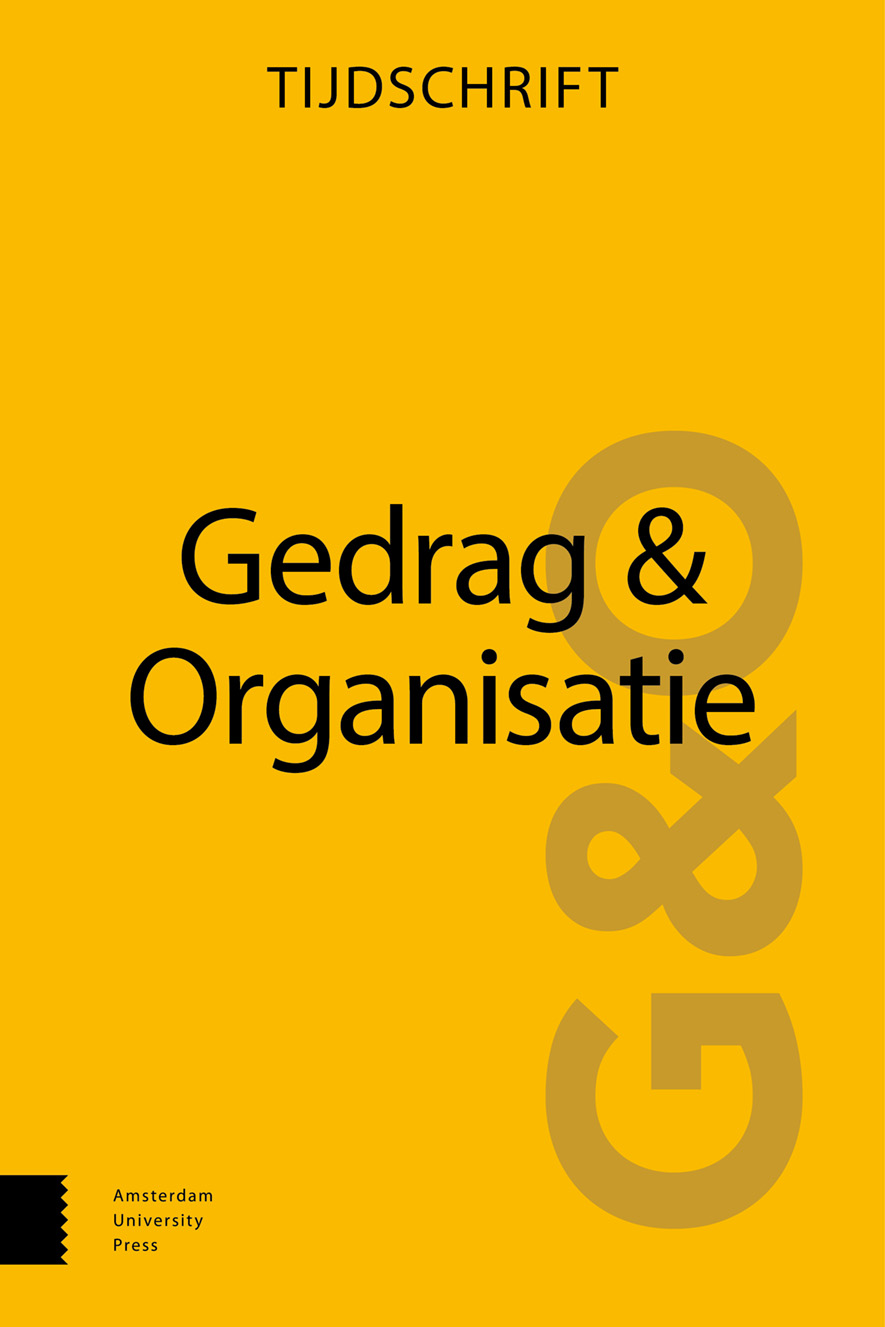
Full text loading...
We use cookies to track usage and preferences.I Understand
 , Janika Thielecke2
, Janika Thielecke2 , Ernest de Vroome3
, Ernest de Vroome3 & Noortje Wiezer4
& Noortje Wiezer4
Trends in burnout complaints in the Netherlands based on the National Working Conditions Survey (NWCS)
The main objective of this article is to describe the developments of burnout complaints in Dutch employees on the basis of the burnout complaints scale in the National Working Conditions Survey (NWCS). The NWCS was developed for monitoring the quality of work. The burnout complaints scale, which has been included annually since 2007, appears to be reliable and to provide valid information about trends in these complaints for employees in the Netherlands and for various subgroups, as far as examined. However, the burnout complaints scale in the NWCS is not meant to be used for individual diagnostics. The trend data show that burnout complaints have increased by 7.7 percentage points over the period 2007 to 2023 (from 11.3% to 19.0%). The increase stagnated during the COVID-19 pandemic, but continued afterwards. The increase is especially visible among women, employees aged 25 to 35, highly educated people, and among employees in contact professions such as healthcare and education. Based on the information in the NWCS about work, employee characteristics, and some indirectly measured societal factors, approximately 41% of the increase in burnout complaints over the period 2014-2021 can be attributed to increases in these factors. Emotionally heavy work is the main contributing factor.

Article metrics loading...

Full text loading...
References


Data & Media loading...

